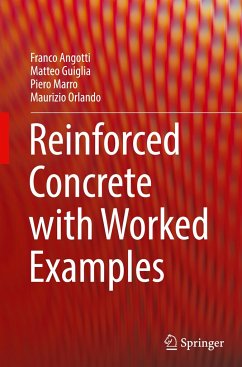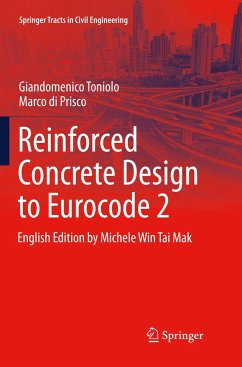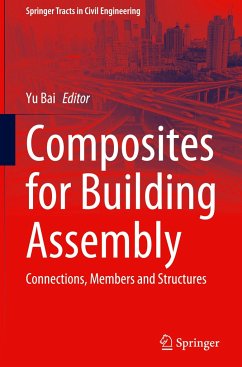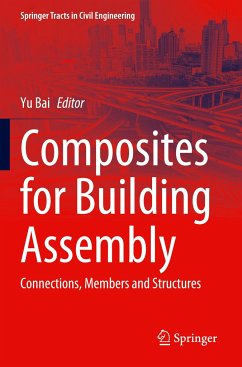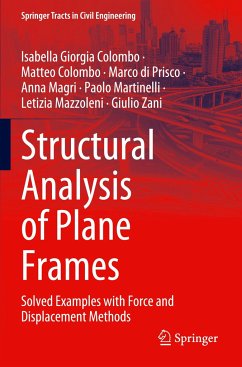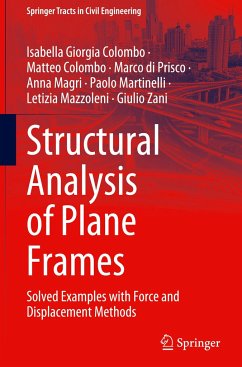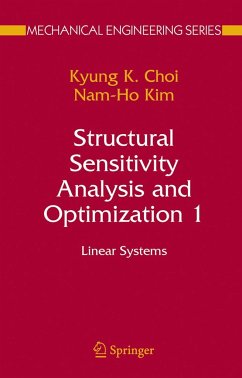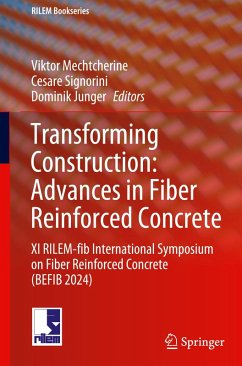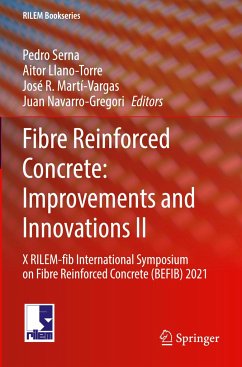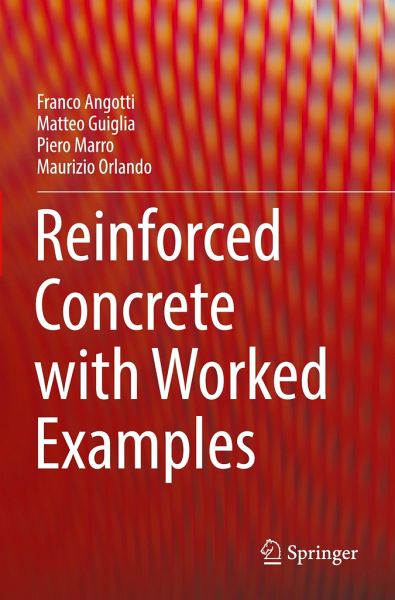
Reinforced Concrete with Worked Examples
Versandkostenfrei!
Versandfertig in 6-10 Tagen
68,99 €
inkl. MwSt.
Weitere Ausgaben:

PAYBACK Punkte
34 °P sammeln!
This textbook describes the design of reinforced and prestressed concrete structures according to the latest advances both in the field of materials, concrete and steel, and in the field of structural analysis. These advances have been included in current version of Eurocode 2, which is taken as reference. All subjects are presented starting from their theoretical bases and passing to corresponding EC2 formulations. A large part of the book is concerned with the most innovative EC2 parts, like nonlinear structural analyses, second-order effects, punching and strut-and-tie models. The textbook ...
This textbook describes the design of reinforced and prestressed concrete structures according to the latest advances both in the field of materials, concrete and steel, and in the field of structural analysis. These advances have been included in current version of Eurocode 2, which is taken as reference. All subjects are presented starting from their theoretical bases and passing to corresponding EC2 formulations. A large part of the book is concerned with the most innovative EC2 parts, like nonlinear structural analyses, second-order effects, punching and strut-and-tie models. The textbook is equipped with numerous worked examples, useful for the reader who is not familiar with the design of reinforced and prestressed concrete structures by the Limit State Method. Examples have been chosen among the most frequent cases of the professional practice. Thanks to this structure, it can be of interest both to structural designers for their professional training and to students of engineering and architecture schools for their studies. The volume contains twelve chapters, which follow the same structure of EC2, except for chapter 6 (dealing with prestressed concrete structures), which does not match any chapter of EC2, as prestressed concrete is considered in EC2 as a particular case of reinforced concrete, and corresponding formulations are shed over different chapters.





